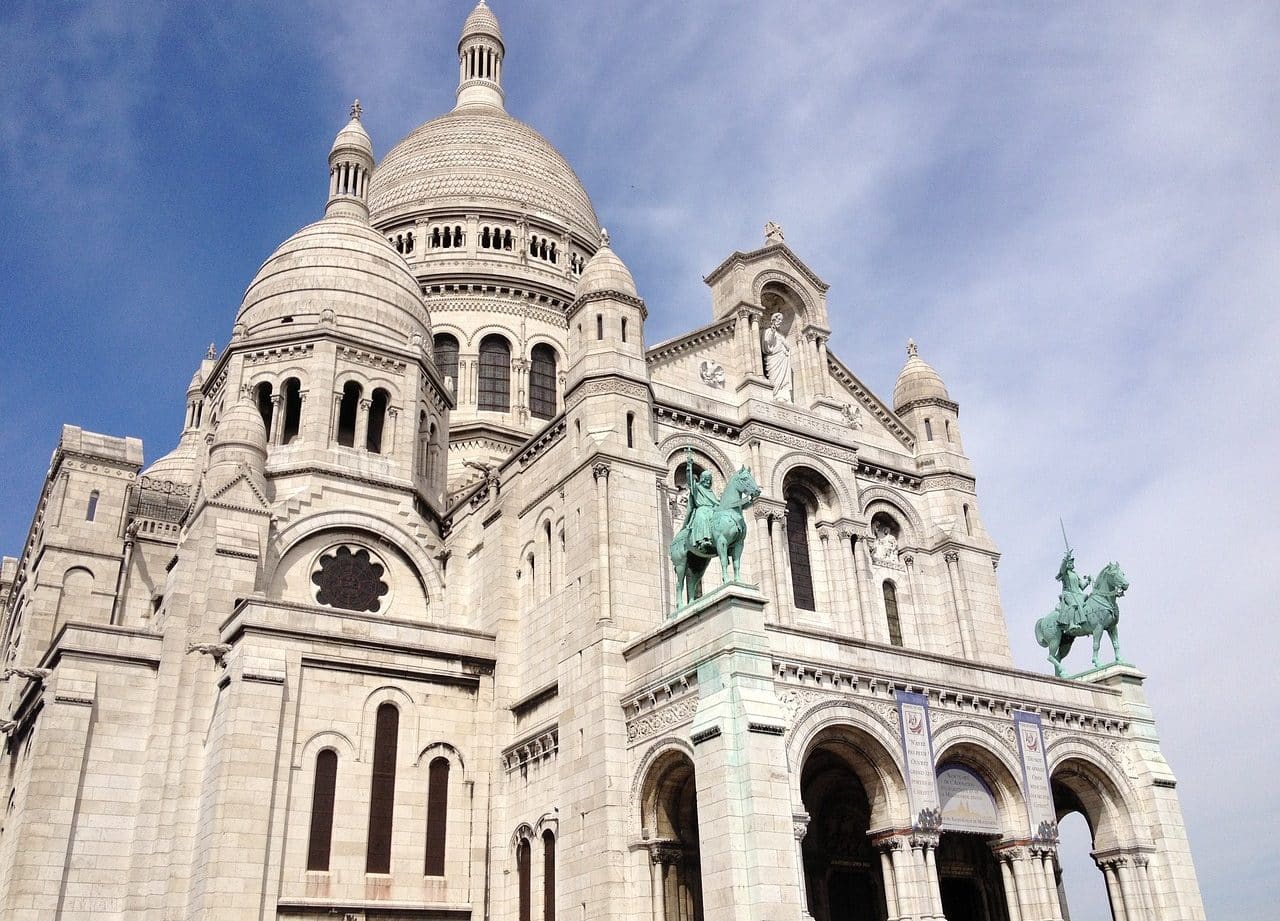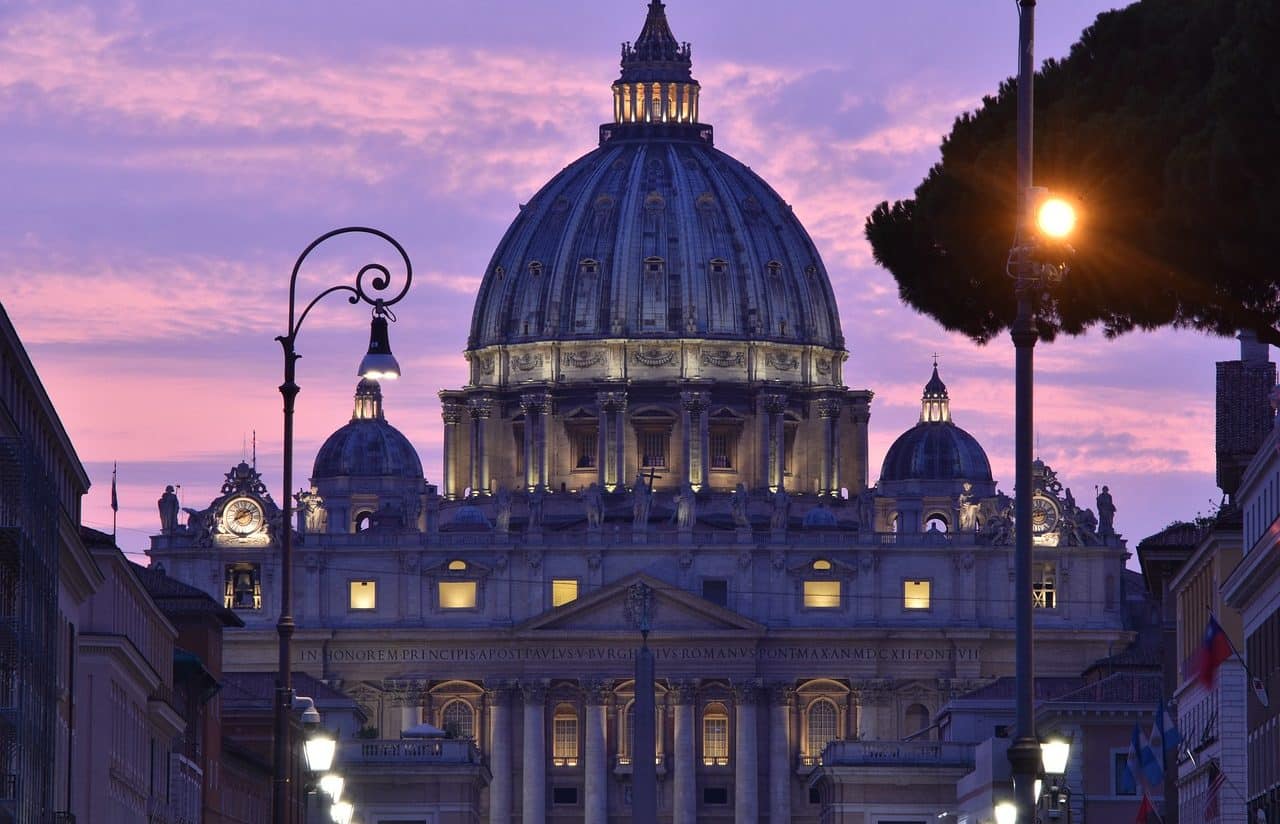
A basilica is a relevant church.
A basilica is a church that stands out due to its size, its history or other special characteristics. The etymological history of the word begins in the Greek language , with a word that came to Latin as basilĭca (which refers to a "public building" ).
That original Greek word was linked to a royal house and referred to a public area noted for its sumptuousness. In this way basilicas could be courts, markets or other social institutions. In the Roman Forum , for example, there existed the Basilica Emilia , the Basilica Opimia and others.
With Christianity , from the endorsement of the Roman Empire to the practice of worship, the idea of a basilica became linked to the religious spaces that were used to celebrate liturgies. Thus, as history progressed, the concept became linked to the churches of greatest importance or significance.
Main features
You should know that for a temple to be considered a basilica it must meet a series of requirements:
- You must have a sacred and spiritual treasure.
- It has a splendor that is truly exceptional.
- He must have become the spiritual focus for many devotees who flock to him.
Examples of basilicas
Precisely based on this we can establish that there are several basilicas in Spain. Some of them are the following:
- The Basilica of Santa María la Real , which is located in the Asturian municipality of Covadonga .
- The Cathedral -Basilica of Our Lady of Pilar , which is located in Zaragoza .
- The Basilica of Our Lady of Candelaria , which is in Tenerife .
- The Royal Basilica of San Francisco the Great , located in Madrid . It dates back to the 13th century and has a dome that is the third largest in all of Christendom. It is only surpassed in dimensions by that of Saint Peter's in the Vatican and Agrippa's Pantheon , both in Rome .

St. Peter's Basilica is the largest in the world.
The classification of the Roman Catholic Apostolic Church
For the Roman Catholic Apostolic Church , there are thirteen main basilicas (six minor and seven major) that were the first in their category . These basilicas have different privileges.
One of the most famous basilicas in the world is St. Peter's Basilica , which is located in the Vatican . With an area of 2.3 hectares and a height of almost 45 meters , it has the largest interior space for a Christian church. Its dome stands out on the horizon of Roman territory.
This basilica is one of the seven largest of the Roman Catholic Apostolic Church , along with the following:
- The Basilica of Saint John Lateran , in Rome .
- The Basilica of Santa Maria Maggiore , also in the Italian capital.
- The Basilica of Saint Paul Outside the Walls , in Rome .
- The Roman Basilica of San Sebastián de las Catacombs .
- The Basilica of San Lorenzo Outside the Walls , in Rome .
- The Basilica of the Holy Cross in Jerusalem , also located in the Italian capital.
The basilic vein
The basilic vein , finally, runs through the arm and drains blood from the forearm and hand.
Its trajectory is largely superficial and is linked to the humeral vein for the development of the so-called axillary vein .
